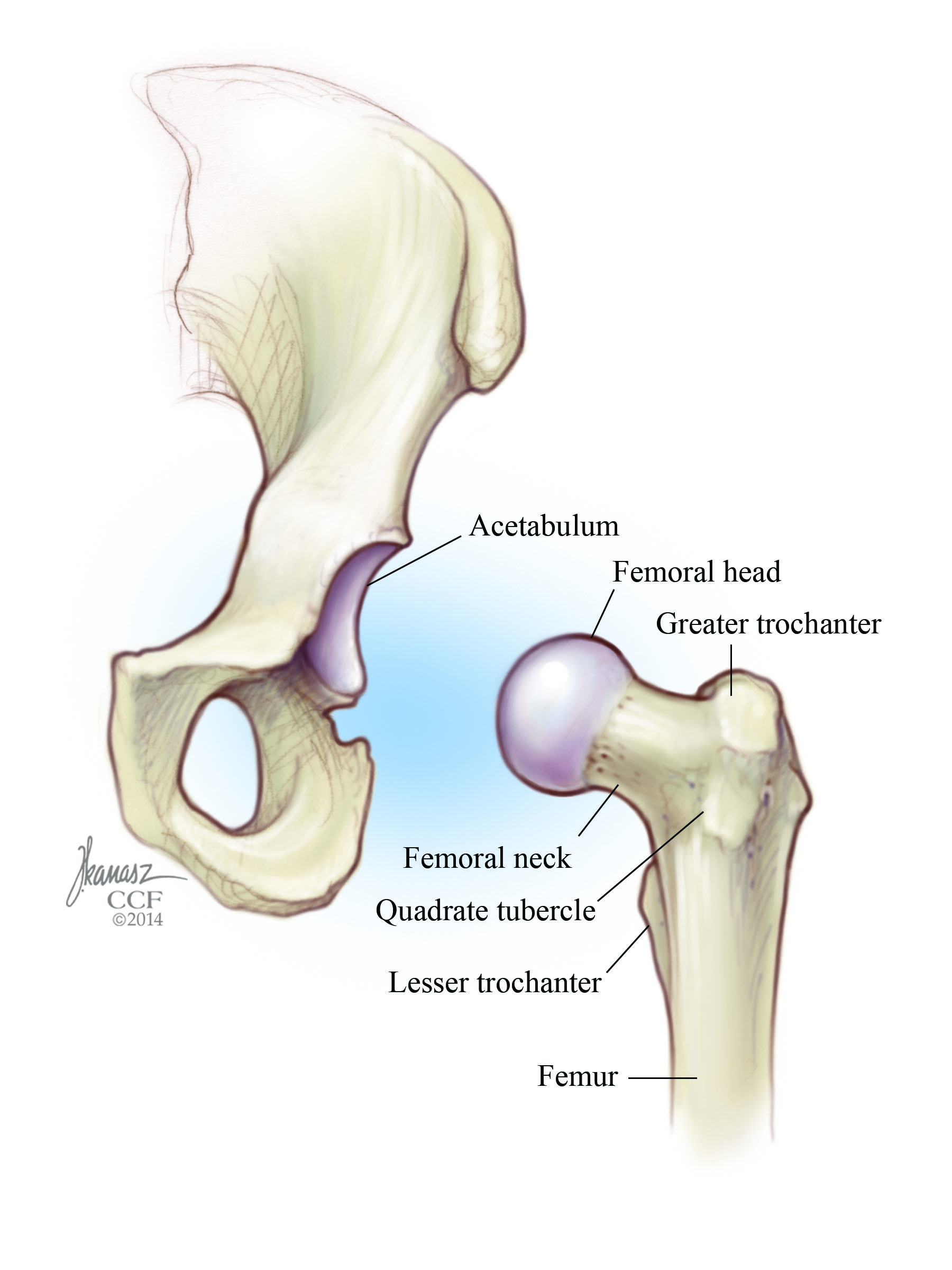Hip dysplasia is a condition where the hip socket does not fully cover the ball portion of the upper thighbone, causing the hip joint to become partially or completely dislocated. Most cases are congenital, meaning they are present at birth. This condition can damage the cartilage that cushions the bones in the joint, leading to pain and instability. About 1 in every 1,000 babies is born with hip dysplasia, and it is more common in girls and firstborn children. It can affect either hip but is more frequently seen on the left side.

The hip joint is a ball-and-socket structure that connects the femur to the pelvis. In hip dysplasia, the femoral head (top of the femur) does not align properly with the socket in the pelvis, which may be too shallow to hold the femoral head in place. This condition is often congenital and can also develop due to the baby's position in the womb or genetic factors.
Treatment for hip dysplasia focuses on managing pain and protecting the hip joint from further damage. The treatment plan is customized to meet each patient's specific needs. Surgical options, including robotic-assisted procedures, offer enhanced precision and faster recovery times.
For more information on advanced surgical treatments, visit hip surgery.
Post-surgery, patients typically stay in the hospital for a few days. Weight-bearing activities are usually permitted after six weeks to three months. Full weight-bearing might be restricted for up to three months to ensure proper healing. Progress is monitored by the doctor, who will guide patients on when to start therapeutic exercises to strengthen the joint.
For more details on recovery, visit hip revision surgery.